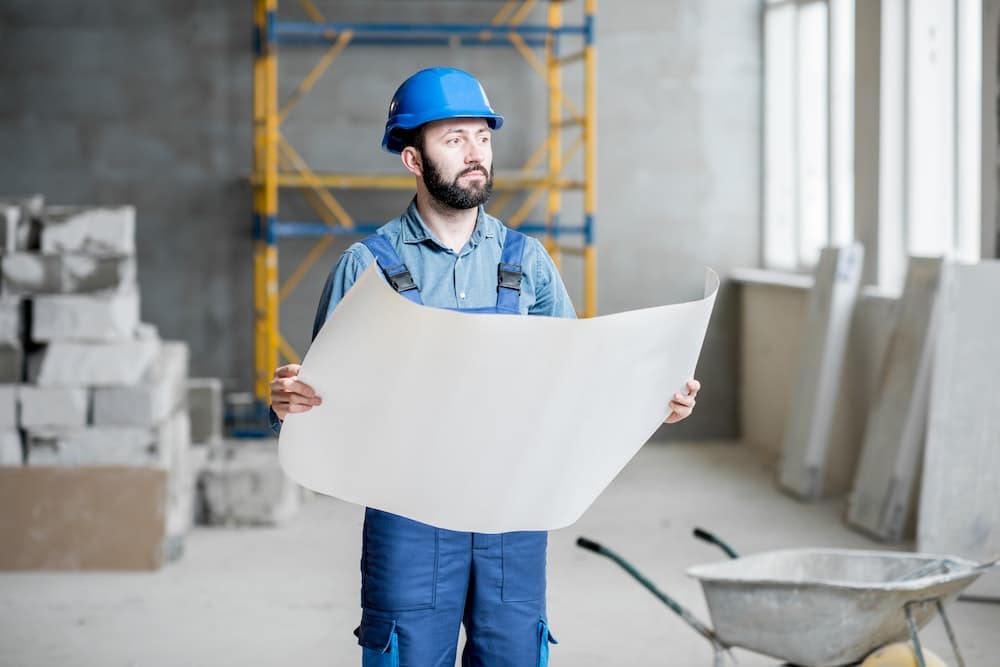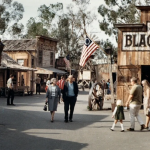Building a treehouse is a delightful project, capturing the imagination of both children and adults. It’s not just about creating a playful haven or a secret hideout in the woods; it’s about the joy of designing and constructing a unique structure that harmonizes with nature. Yet, constructing a treehouse involves more than just an idea and a whimsical spirit. It requires careful planning, selection of suitable trees, and the use of the right materials and construction techniques to ensure safety and durability.
Choosing the Perfect Tree
Before you embark on designing or building your treehouse, you need to find the perfect tree that will act as your foundation. The tree you choose is crucial to your project as it will provide the primary support for your treehouse.
This might interest you : What’s the best way to set up a home bar for craft cocktail enthusiasts?
Look for healthy, mature trees with robust branches. Hardwood trees such as oaks, maples, or beeches are excellent choices due to their strength and longevity. The tree should have a sturdy trunk, at least 12 inches in diameter, and strong, thick branches to support the weight of the house. Check for signs of disease, rot, or infestation that might weaken the tree and compromise safety.
Consider the tree’s location. It should be in a safe, accessible spot, away from power lines or potential hazards. Also, check with local authorities to confirm if there are any restrictions or regulations that may affect your project.
Also to read : How to design an energy-efficient, insulated dog house for cold climates?
Drafting a Detailed Plan
Once you have identified the right tree, your next step is drafting a detailed plan for your treehouse. This will guide your construction process and ensure that your design complies with safety standards.
Your plan should include the size and shape of the treehouse, the height from the ground, and the type of access (ladder or stairs). Also, consider the tree’s natural shape and features, as the most enchanting treehouses are those that incorporate the tree’s characteristics into their design.
Your plan should also detail how the treehouse will be attached to the tree. The platform is the most critical part of your treehouse, as it will bear most of the weight. Avoid harming the tree by using techniques that allow for growth and movement.
Gathering the Right Materials
The success of your treehouse construction project is highly dependent on using the right materials. These materials should be strong enough to support the structure and its occupants, and durable enough to withstand the elements.
Choose pressure-treated lumber for the platform and framing. This type of wood is resistant to rot and pests, making it ideal for outdoor projects. For the walls and roof, you can use lighter woods like cedar or pine.
For fastening your treehouse to the tree, use treehouse attachment bolts (TABs). These are specially designed to support heavy loads and minimize tree damage.
Building the Platform
The platform is the base of your treehouse and the element that will be attached directly to the tree. Therefore, constructing a stable and secure platform is crucial to the safety and longevity of your treehouse.
Start by drilling holes into the tree and install the TABs. Make sure they are level and securely tightened. Attach a sturdy beam to the TABs — this will provide the main support for the platform.
Next, attach joists to the beam to create the platform frame. Ensure that they are evenly spaced and level. Then, cover the frame with plywood to create the platform floor.
Constructing the Treehouse
Once your platform is secure, you can proceed to construct the treehouse itself.
Start by building the walls. It’s easier to assemble them on the ground first, then lift them into place. Allow for windows for light and ventilation, and make sure to leave openings for the tree’s trunk and branches.
Next, construct the roof. Consider your local climate: a sloped roof is best for areas with heavy rain or snow, while a flat roof might be suitable for dry climates. Choose roofing materials that will provide protection from the elements.
Lastly, install a safe and secure access to your treehouse. For young children, a staircase may be safer than a ladder. Install handrails to provide additional safety.
Remember, building a treehouse is a significant project that requires time, effort, and a genuine respect for the tree that will host it. With careful planning, the right materials, and a focus on safety, you can create a sturdy treehouse that will provide joy and adventure for years to come.
Considering Environmental Impact and Building Codes
In the excitement of building a treehouse, it’s easy to overlook the environmental impact of the project. The tree is a living organism, and the manner in which you build your treehouse can either harm or preserve its health. Equally important are the local building codes that need to be adhered to throughout the project.
When choosing materials, opt for those that are eco-friendly. This not only helps to reduce the carbon footprint of your treehouse project but also ensures the long-term health of the tree. Consider using recycled or salvaged wood materials, which not only add character to your treehouse but also make your project more sustainable.
It’s crucial to build in a manner that minimises damage to the tree. Avoid methods that require extensive drilling or that can restrict the tree’s growth. Ensure that your treehouse plan allows for future growth of the tree and all its essential parts. This will help the tree to remain healthy and continue supporting your treehouse for many years to come.
When it comes to building codes, it’s essential to understand the local regulations that apply to your treehouse project. These codes may dictate the size, height, and location of your treehouse. It’s always a good practice to check with your local building department or homeowners’ association before beginning your project to avoid costly mistakes or penalties. Do not hesitate to hire a professional if you are unsure about any aspect of the building codes.
The Adventure of Building a Treehouse
Building a treehouse is an adventure that offers multiple benefits. Not only will you end up with a unique and fun structure, but the process itself is highly rewarding. Building a treehouse provides a fantastic opportunity for a hands-on learning experience, especially for kids. It’s a project that involves planning, problem-solving, and a bit of hard work.
Building a treehouse also encourages a connection with nature. Spending time amongst the trees can foster a deep appreciation for the environment, which is a valuable lesson for people of all ages.
Lastly, the satisfaction of completing such a project can’t be overstated. After all the planning, gathering of materials, and construction, there’s nothing quite like the feeling of seeing your custom treehouse come to life. It’s a testament to your patience, creativity, and hard work.
Conclusion
Building a treehouse is a project that requires careful planning, the right materials, and a focus on safety. However, the result is a sturdy, safe, and enchanting structure that is sure to provide joy and adventure for many years.
Remember to consider the health of your chosen tree and the environmental impact of your building materials. Always adhere to your local building codes to ensure your treehouse is safe and legal.
Whether your treehouse is a simple platform or a multi-story castle in the sky, the process of building it can be as exciting as the finished product. With careful planning and respect for the tree that will host it, your treehouse project is sure to be a success.
So, gather your treehouse supplies, roll up your sleeves, and start your treehouse adventure. Here’s to the many happy memories that your sturdy treehouse will bring!
















